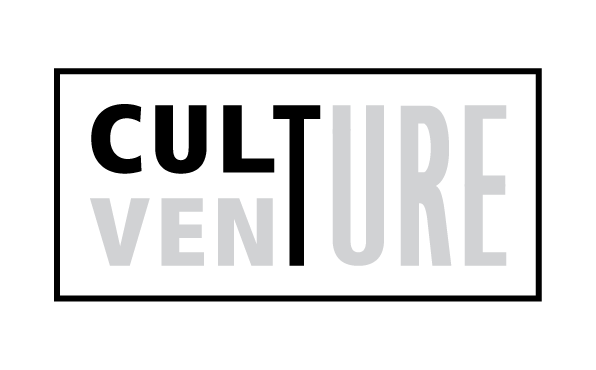Dr Valerie Visanich, Senior Lecturer in Sociology at the University of Malta and Consultant with Culture Venture, explains the recent study of using AI-driven devices and survey research for monitoring visitor flow at the National Centre for Creativity in Malta in collaboration with Spazju Kreattiv and the Superintendence of Cultural Heritage.
This examination was couched in studies on audience development in relation to motivation and barriers for visitation. With the use of AI, the flow of persons around Spazju Kreattiv were charted over a period of five months. Complementing the technological devices, strategically placed to give a clear indication of the footfall of persons around the building, a sociological research, based on a self-administered survey, was designed targeted for persons walking within the same location of the devices. This study analysed responses from the surveyed population to understand reasons for visitation or non-visitation and in relation to whether respondents were residing in or visiting Malta. Respondents who were not residing in Malta and therefore considered as visitors to the Islands were subdivided in two categories: those who claimed that the visit to Malta was motivated by at least culture and those who claimed that the visit was not motivated by culture.
The scope of adopting a five-month period study was to outline any differences across different groups in perceptions and behaviour in summer as opposed to shoulder tourist seasons and winter. One of the main aims of this study was to obtain information on the propensity to visit Spazju Kreattiv.
Sociologically speaking, the motivations and barriers for visitation are multi-factorial for those who stated that they had visited Spazju Kreattiv, those who highly considered visiting, as well as those who claimed they had no intention to visit. The AI research and complementing survey is a clear example of how cultural policy has to be conceptualized and conceived in line with multiple levels across the arts and cultural landscape, including the constant input from various fields such as of science and technology.
The research outcomes have been published in this report.
